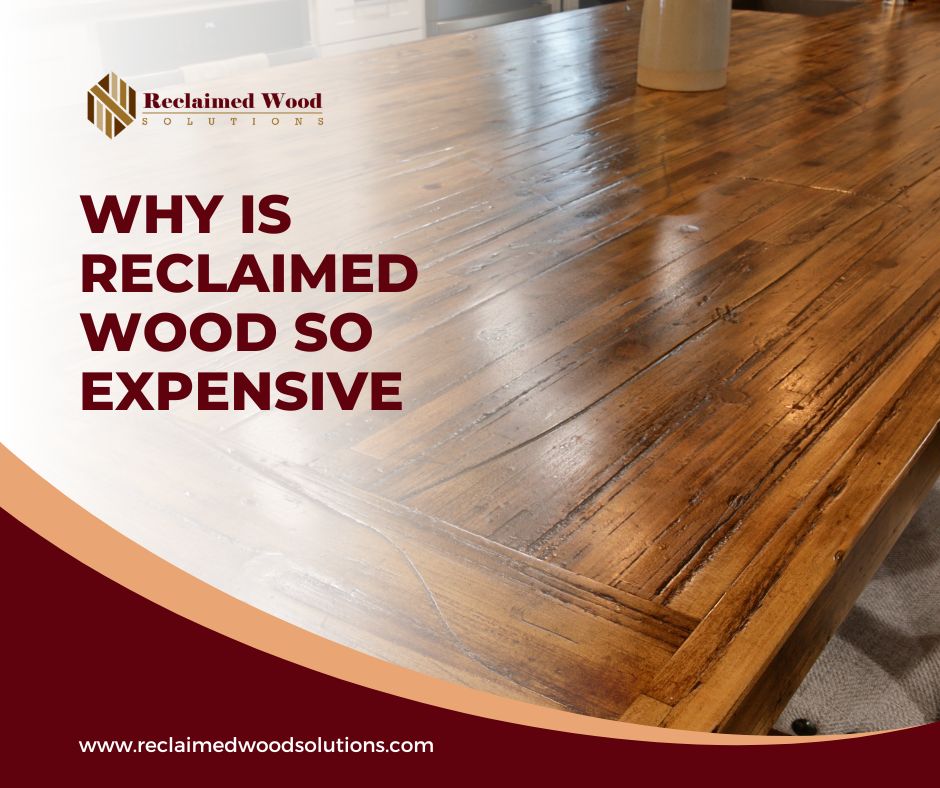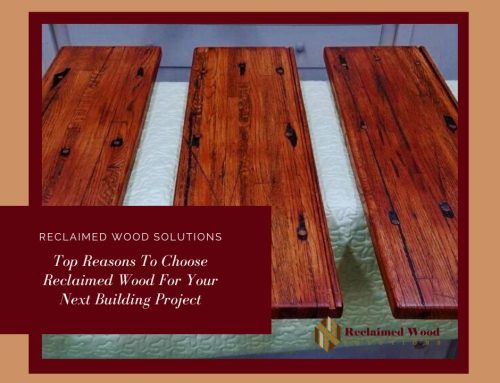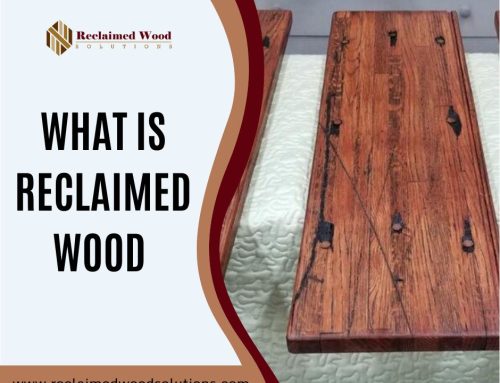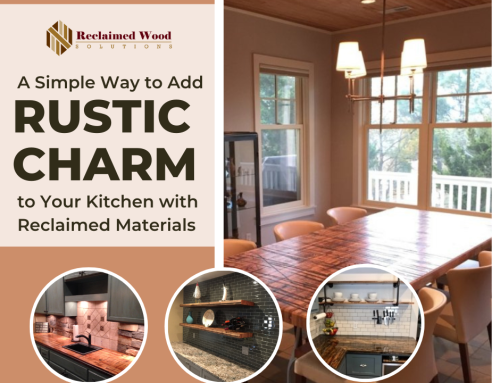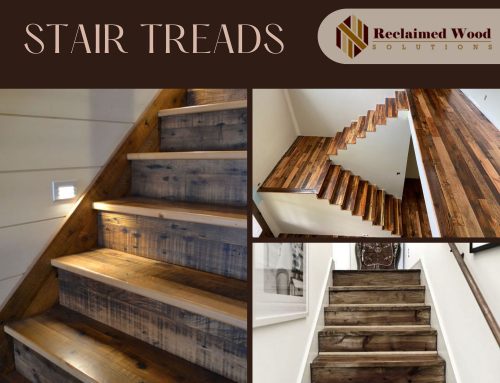Reclaimed wood is becoming increasingly popular for furniture and decor due to its unique characteristics and natural beauty. However, the cost of reclaimed wood can be significantly higher than for new wood. This article will explore why reclaimed wood is so expensive, what reclaimed wood is, where it comes from, the benefits of using it, tips for finding quality reclaimed wood, what to consider when buying it, the pros and cons of using it, alternatives to reclaimed wood, and how to care for your reclaimed wood furniture.
What is Reclaimed Wood?
Reclaimed wood is wood that has been previously used in another application and then repurposed for another product. This could be anything from old barns, warehouses, factories, and other structures. Reclaimed wood is usually salvaged from structures that are being deconstructed or demolished. The wood can also come from trees that have been cut down for other reasons such as disease or disaster.
Reclaimed wood is often more expensive than new wood due to the labor involved in salvaging and repurposing it. However, it is a great way to reduce waste and preserve the environment. Reclaimed wood is also often more durable and has a unique character that can’t be replicated with new wood. It is a great choice for furniture, flooring, and other home decor items.
Where Does Reclaimed Wood Come From?
Reclaimed wood often comes from old buildings, such as barns, warehouses, factories, and other structures that are being deconstructed or demolished. It can also come from trees that have been cut down for reasons such as disease or disaster. Reclaimed wood can also come from old ships, fishing boats, driftwood, and even railway sleepers. It can be salvaged from nature as well, such as fallen trees or driftwood.
Reclaimed wood is often used in furniture, flooring, and other home decor items. It is also used in construction projects, such as building decks, fences, and other outdoor structures. Reclaimed wood is often more expensive than new wood, but it is also more durable and has a unique character that can’t be replicated with new wood. Additionally, using reclaimed wood is a great way to reduce the amount of waste that goes into landfills.
What are the Benefits of Reclaimed Wood?
Reclaimed wood has a number of benefits over new wood. It is much more durable and often comes with a unique look that you won’t find with new wood. Reclaimed wood often has a more pleasing patina than new wood, and can add a sense of history, character and charm to any project. It is also environmentally friendly since it preserves wood that would otherwise be discarded. Reclaimed wood is also usually more affordable than new wood.
In addition, reclaimed wood is often easier to work with than new wood. It is often already seasoned and dried, so it is less likely to warp or crack. This makes it ideal for projects that require precise measurements and cuts. Reclaimed wood also has a unique texture and color that can be difficult to replicate with new wood. This makes it perfect for projects that require a unique look.
How to Find Quality Reclaimed Wood
When looking for quality reclaimed wood there are a few things to keep in mind. First and foremost, look for a supplier that has a good reputation for providing quality reclaimed wood. It is also important to look for wood that has been properly treated and stored to prevent damage or decay. Make sure to inspect the wood visually to check for signs of decay or damage such as rot or insect infestation. It is also a good idea to ask the supplier what kind of certification they have.
Additionally, it is important to consider the source of the wood. Reclaimed wood can come from a variety of sources, such as old buildings, barns, and other structures. Knowing the source of the wood can help you determine the quality and condition of the wood. Finally, it is important to consider the cost of the wood. Reclaimed wood can be more expensive than new wood, so it is important to compare prices and find the best deal.
Tips for Buying Reclaimed Wood
When buying reclaimed wood, do your research and make sure you are getting quality wood from a reputable supplier. Make sure to inspect the wood visually for signs of decay or damage such as rot or insect infestation. Consider how the wood will be used in your project and choose a type of wood that is suited for that purpose. Check for certification from the supplier, and be sure to get a warranty if possible.
It is also important to consider the environmental impact of buying reclaimed wood. Reclaimed wood is often sourced from old buildings or other sources that would otherwise be discarded, so it is a great way to reduce waste and preserve resources. Additionally, reclaimed wood often has a unique character and charm that can add a special touch to your project.
What to Consider When Buying Reclaimed Wood
When buying reclaimed wood there are many factors to consider. First, think about the type of wood you need and the purpose it will serve in your project. Consider the size and quantity of wood you need and make sure you have enough material to complete your project. Check for certification from the supplier and ask questions about the process that was used to treat the wood. Get a warranty if possible, and make sure to inspect the wood visually before purchasing.
The Pros and Cons of Using Reclaimed Wood
Using reclaimed wood has both advantages and disadvantages. The main advantage is that it can give projects a unique look and feel with natural beauty. It is also more affordable than buying new lumber and environmentally friendly because it preserves existing resources. On the other hand, it may not be as durable as new lumber due to wear and tear from its previous use. Additionally, some types of reclaimed wood may contain harmful chemicals or be infested with insects.
Alternatives to Reclaimed Wood
If you choose not to use reclaimed wood in your project there are several alternatives available. One popular option is engineered hardwood which is composed of several layers of hardwood bonded together under high pressure. Another option is laminated hardwood which is made up of thin layers of hardwood glued together in a cross-ply construction. Faux wood products such as vinyl planks are also an alternative if you are looking for a more cost-effective option.
How to Care For Your Reclaimed Wood Furniture
To keep your reclaimed wood furniture looking its best it should be cleaned regularly using a mild soap and water solution. Avoid using abrasive cleaners or scrubbing too hard when cleaning as this can damage the finish on the furniture. When necessary, use an oil-based cleaner or furniture wax to protect its finish. Regularly inspect your furniture for signs of decay or damage such as rot or insect infestation.

